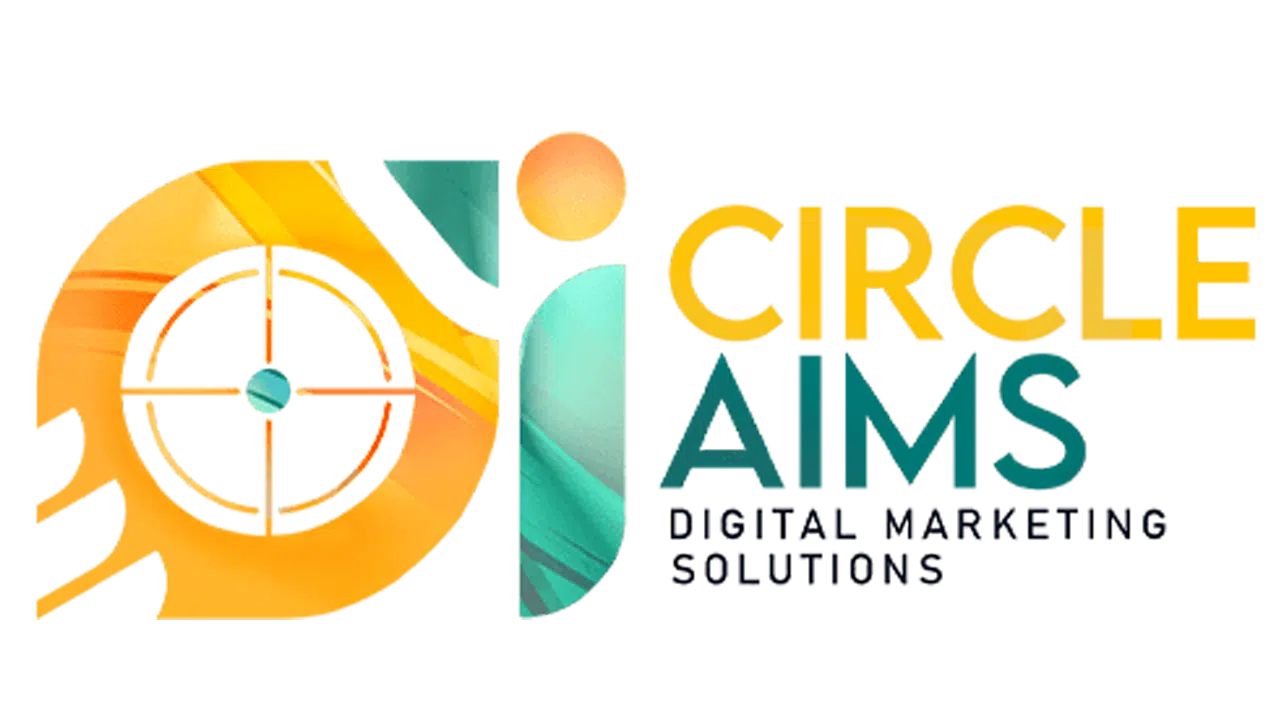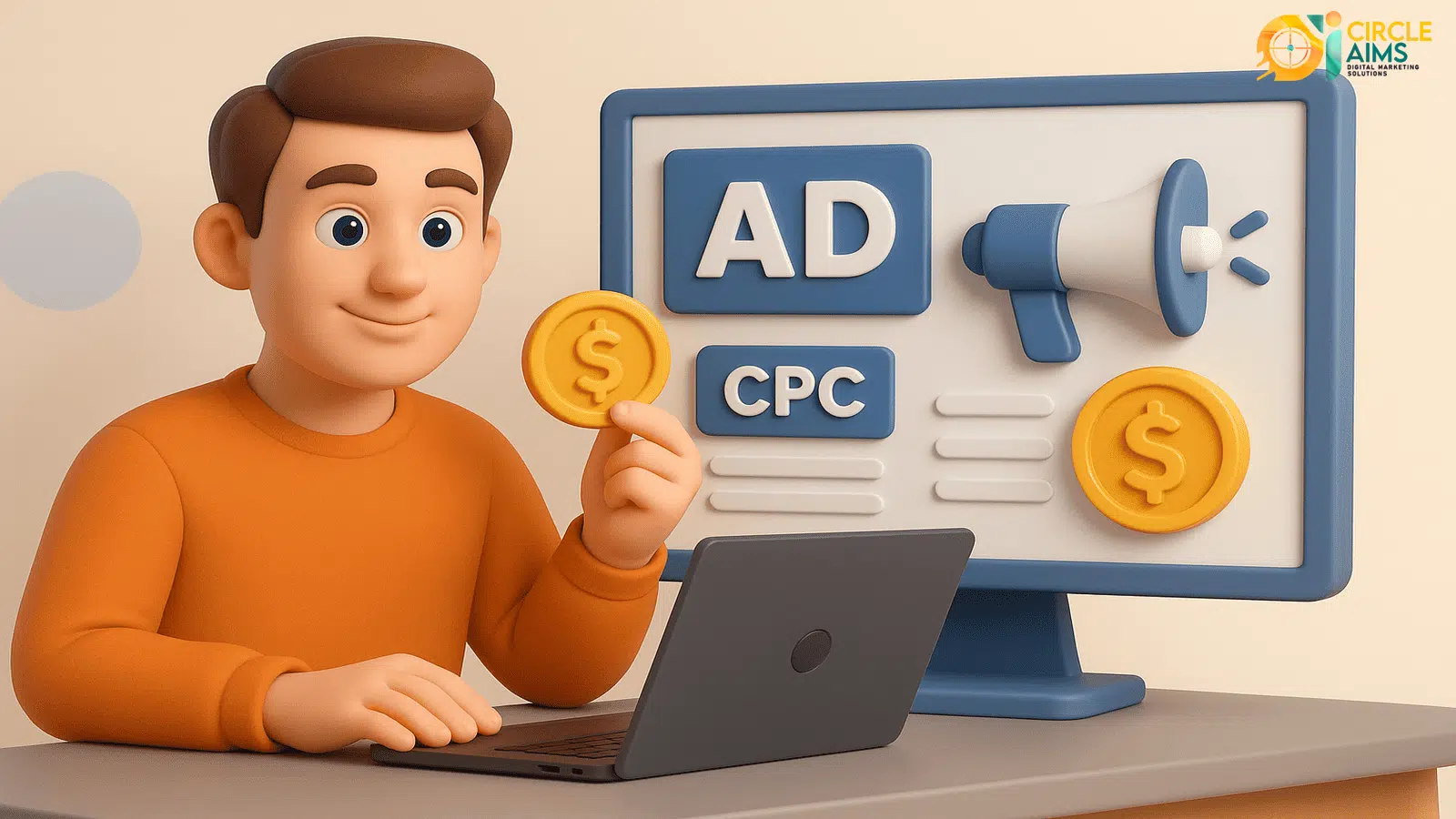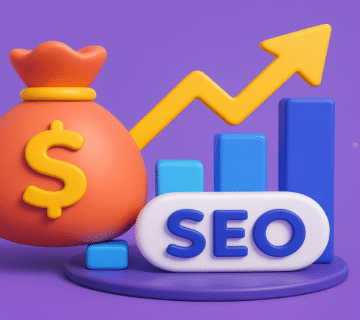The Cost of Online Advertising Campaigns
Introduction to Online Advertising Campaigns
Online advertising campaigns are a primary tool for strengthening brand awareness and boosting sales of products and services. These campaigns play an effective role in reaching targeted audiences directly and innovatively.
With technological advancement and the growing use of social media and search engines, advertising campaigns take many forms—social media ads, paid search ads, email campaigns, etc. Companies use these campaigns to achieve goals such as increasing website visits, improving conversion rates, or building a loyal customer base. To do so effectively, advertisers must understand their target audience and tailor marketing messages accordingly. Using analytics also helps assess campaign performance, allowing strategy adjustments based on real results.
Campaign types vary by platform and target audience. For example, social media ads offer direct interaction with customers, enhancing relationships. Meanwhile, search engine ads allow greater visibility when users search for specific products or services. Overall, these kinds of campaigns create a competitive environment that promotes innovation and improves business outcomes.
Factors Affecting Advertising Campaign Costs
Many factors significantly impact the cost of online advertising campaigns, making initial budget estimation challenging. One of the main factors is the type of ad medium. Social media campaigns may require budgets very different from those for paid search campaigns. Each ad medium offers various pricing models (e.g. cost per click — CPC, or cost per thousand impressions — CPM), which affect total campaign cost.
Additionally, the scope of the campaign greatly influences cost. Local campaigns targeting a certain area are usually cheaper than national or global campaigns requiring wider reach and resources. Advertisers must consider the geographical targeting when planning budgets. In general, the broader the target audience, the higher the expected costs to achieve the desired visibility.
Market competition is another crucial factor. If many competitors are bidding for similar products or services, ad costs can rise due to increased demand for advertising space. Thus, advertisers must study market dynamics to estimate costs tied to competition.
Estimating initial budgets involves analyzing campaign goals and all contributing factors. Accuracy in defining these factors helps make informed decisions about which campaigns are feasible within available budgets.

Costs of Social Media Advertising Campaigns
Social media advertising is now a core component of digital marketing strategies. Costs vary depending on platform, ad format, and target audience. Key platforms include Facebook, Instagram, Twitter, etc., each offering unique ad options.
When setting a budget, marketers must understand the wide range of payment methods—fixed monthly amounts, CPC, or CPM. This flexibility allows brands to test different strategies until they find the most effective model.
Paid ads on social media are highly effective at reaching targeted audiences. These ads can be tailored based on users’ interests and behaviors. Also, interactive content (polls, stories, etc.) can further boost engagement.
Regarding cost: as of 2025, the average CPM (cost per thousand impressions) on Meta (Facebook & Instagram) is around $8.17, and average cost per click (CPC) is about $0.68.
Facebook’s own reporting indicates average CPC roughly $0.26–$0.30, and CPM between $1.01–$3.00 depending on ad objective and targeting.
Costs of Search Engine Advertising
Search engine (e.g. Google Ads) campaigns are vital in modern marketing strategies because they reach users actively searching for products or services. The cost here is heavily influenced by the cost per click (CPC) model—you pay when a user clicks your ad.
Average CPCs vary widely depending on competition and industry. Some benchmarks:
- In 2025, for many keywords, CPCs can range from $0.01 to $1+ for many businesses.
- For certain commercial-intent keywords, averages may rise significantly. For example, CPC for some competitive terms may exceed $4.51 or more.
For display network (banner-style ads), typical CPM rates might range between $0.50 and $4, with an average of about $3.12 in many cases.
Analyzing Return on Investment (ROI)
ROI analysis is essential for measuring the success of online ad campaigns. It reflects the relationship between the campaign cost and generated revenues, helping marketers understand the efficacy of different campaigns.
Key metrics used in ROI analysis:
- Click-Through Rate (CTR): Number of clicks per number of impressions. A high CTR suggests the ad is relevant and engaging.
- Conversion Rate (CR): The percentage of users who take the desired action (purchase, signup) after clicking. A higher conversion rate means the campaign is more effective.
Before launching a campaign, it’s important to set clear, measurable goals. These goals should include financial metrics (e.g. revenue, cost per acquisition) and non-financial objectives (e.g. brand awareness).
Simplified formula for ROI:
[
\text{ROI} = \frac{\text{Revenue from Ads} – \text{Cost of Ads}}{\text{Cost of Ads}} \times 100%
]
By tracking CTR, conversions, and cost per acquisition (CPA), marketers can optimize campaigns and boost effectiveness.
Strategies to Reduce Advertising Costs
Since online advertising can become expensive, it’s crucial to adopt strategies that reduce costs. Some effective approaches:
- Precise audience targeting: Defining your target audience clearly reduces waste and increases ad effectiveness. Use customer data and market research to tailor targeting.
- Improve ad quality: Create engaging, relevant ad content. High-quality ads tend to cost less per click because platforms reward relevance and user engagement.
- A/B testing: Test multiple versions of ads to see what works best, then allocate budget to high-performing variants.
- Use analytics tools: Tools like Google Analytics or platform analytics help monitor performance, adjust underperforming campaigns, and reallocate budget more efficiently.
- Start small and scale: Begin with modest budgets, evaluate results, and gradually increase spending on winning campaigns.
Key Tools to Measure & Analyze Campaigns
Analytics and measurement tools form the backbone of online advertising. Some important tools include:
- Google Analytics: Tracks visitor behavior, traffic sources, and conversions.
- Platform analytics tools: Facebook Insights, Twitter Analytics, etc., showing how audiences engage with ads.
- SEO & competitive tools: SEMrush, Ahrefs—help analyze competitor keywords, ad strategies, and trends.
- Advertising dashboards and reporting tools: For real-time tracking of costs, CTR, conversions, and ROI.
Using these tools enables integrating quantitative metrics with qualitative feedback, helping marketers continuously refine strategies.
Common Challenges in Advertising Campaigns
Though powerful, online ad campaigns face multiple challenges:
- High competition: Many advertisers vying on the same platforms increases costs.
- Rapid market changes: Consumer preferences and trends shift quickly, requiring campaign adjustments.
- Budget constraints: Limited budgets may restrict reach or ad quality, making strategic optimization essential.
- Measuring effectiveness: For complex campaigns, isolating what worked (which ad, which targeting) can be difficult.
Conclusion & Recommendations
In this article, we reviewed the cost structure of online advertising campaigns and highlighted the importance of careful planning for digital advertising success. We discussed the key factors shaping costs—ad type, platform, targeting, and competition.
Businesses should plan meticulously before launching campaigns, define clear objectives, and budget for both creative and operational costs. Targeting accuracy is essential to maximize results and minimize waste.
Continuous campaign tracking and measurement are crucial. Use analytics tools to see how audiences interact with your ads and refine strategies accordingly. Also, experiment with different formats (search, display, social) to discover what yields the best ROI for your business.
In a fast-evolving digital environment, adaptability is key. A data-driven, flexible approach to online advertising allows brands to optimize spend, improve performance, and reach their marketing goals more efficiently.




No comment